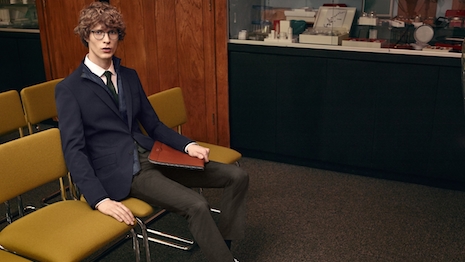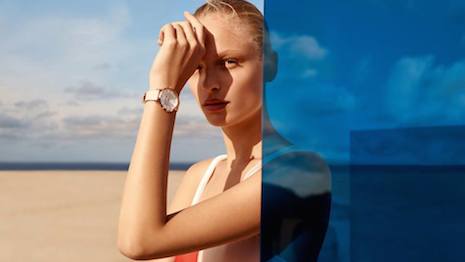After a difficult 2016, German fashion label Hugo Boss is expecting more stability this year.
During fiscal year 2016, the brand’s sales declined 4 percent, which Hugo Boss attributes to both internal and external challenges. After kicking off a number of repositioning and distribution overhauls last fall, the brand’s plans for 2017 revolve around laying the foundation for future growth and profitability.
Laying groundwork
Hugo Boss’ total sales in 2016 were 2.693 billion euro, or $2.872 billion.
In Europe, slowing sales in Germany and France offset high single-digit increases in Britain, with the region’s revenues up 1 percent.
After scaling back wholesale distribution in the United States as part of its repositioning, the brand saw double-digit decreases in the market. Overall, sales in the Americas were down 12 percent.
China’s overall sales were down, but like-for-like sales in Mainland China were up almost 20 percent.
Hugo Boss’ net store growth in 2016 was 12, with the label currently operating 442 free-standing boutiques. Meanwhile, after Hugo Boss pulled its label from certain discount-centric retailers, its wholesale revenues were down 9 percent.
A bright spot for the brand was its licensing business, which was up 12 percent thanks mostly to its fragrance collection.

Hugo Boss fall/winter 2016 menswear
Last October, Hugo Boss’ CEO told European business newspaper Handelsbladtt that he planned to get back to the brand’s premium roots following a challenging move upmarket into luxury.
Mark Langer, the former chief financial officer of Hugo Boss who was promoted to CEO in 2016 after 13 years in the company (see story), said in his first interview since taking the helm of the label that he would be focusing more on its high-end suiting than its luxury positioning (see story).
As part of this repositioning, the Boss Green and Boss Orange brand lines are being incorporated into the Boss brand. This move leaves the company with two brand identities: Boss and Hugo.
The brand also plans to further its digital focus, something it has already begun with the launch of its omnichannel Boss on Demand services (see story).
2017 is expected to see the first positive results from these changes.
“2016 was not an easy year for Hugo Boss. However, we reacted quickly and consistently to the changes in our environment and introduced a set of measures to put us back on the right track,” said Mr. Langer in a brand statement. “The realignment is beginning to take effect and the first results are becoming visible. In particular, we managed to turn around our business in China.
“This year we will implement concrete measures of the strategy which we decided upon last autumn. We are adjusting our business model to changes in customer behavior,” he said. “With the clear alignment of our brand portfolio into Boss and Hugo we will be able to make better use of our strengths in the upper premium segment.
“I am very confident that Hugo Boss will return to sustainable and profitable growth after this phase of stabilization.”
from Apparel and accessories – Luxury Daily https://www.luxurydaily.com/hugo-boss-sees-first-results-from-redesigned-business-model/
via Your #1 Source to Finding Luxury & Designer Goods, Handbags & Clothes at or Below Wholesale: Click Here.


No comments:
Post a Comment